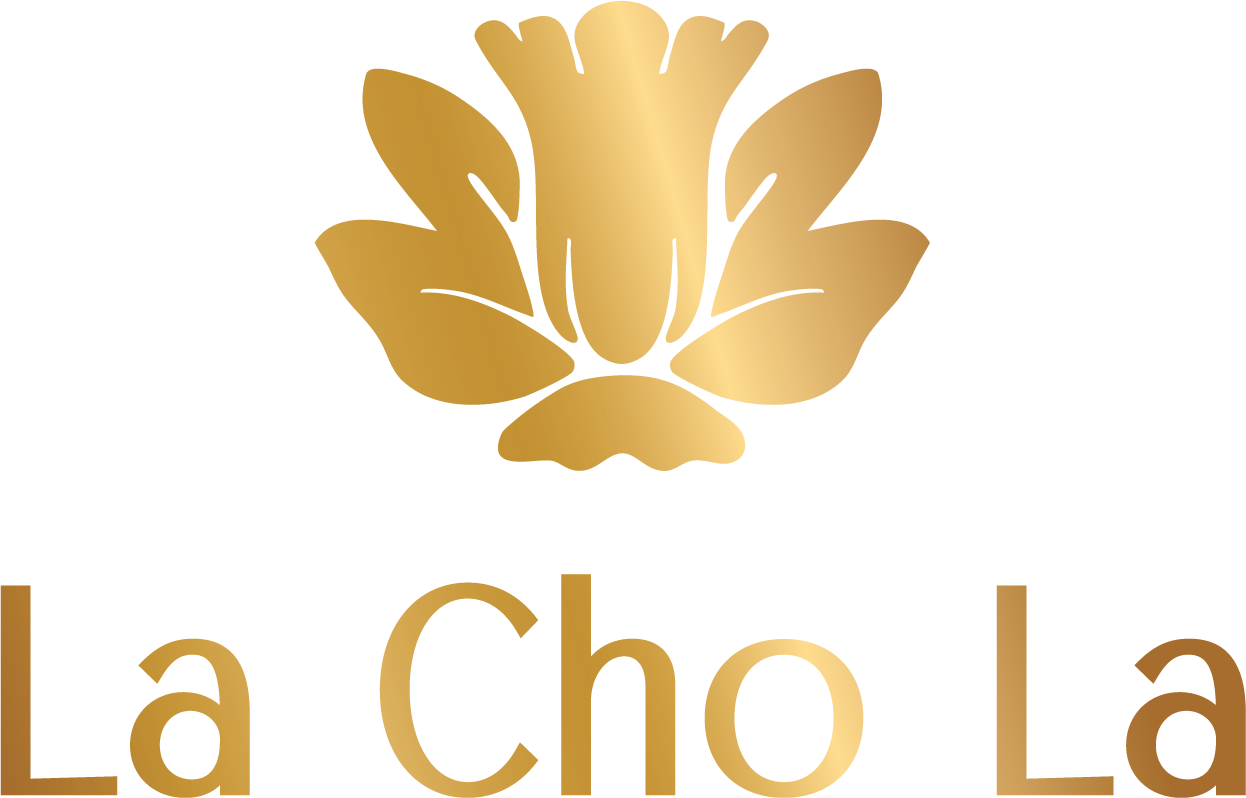In India, ghee isn’t just food, it’s an emotion. From that warm drizzle on hot rotis to the aroma it adds in dal, ghee carries the comfort of home and the wisdom of our grandmothers. But lately, there’s one question on everyone’s mind: Should you choose A2 desi cow ghee over regular ghee?
What Exactly is A2 Desi Cow Ghee?
A2 desi cow ghee is made from the milk of native Indian cow breeds like Gir, Sahiwal, or Rathi. These cows produce milk rich in A2 beta-casein protein, which is easier to digest and considered healthier for the human body.
The bilona method, an ancient, hand-churning process, is often used to prepare authentic A2 ghee. In this process, milk is set into curd, churned into makkhan (butter), and then slowly simmered to extract golden ghee. This method preserves nutrients, aroma, and medicinal value. What About Regular Ghee?
Regular ghee, the kind most of us grew up with from local dairies or supermarkets, usually comes from crossbred or foreign cows like Jersey or Holstein Friesian. Their milk contains A1 beta-casein protein, which some studies suggest may be harder to digest for many people.
Commercial production methods also differ. Instead of bilona, many brands use cream separation or industrial processes, which are faster but may compromise nutrition and purity.
A2 Cow Ghee vs. Regular Ghee
|
Features |
A2 Desi Cow Ghee |
Regular Ghee |
|
Milk Source |
Desi Indian cows (Gir, Sahiwal, Rathi) |
Crossbred/foreign cows (Jersey, HF) |
|
Protein Type |
A2 beta-casein (easy to digest) |
A1 beta-casein (harder to digest for some) |
|
Method of Preparation |
Traditional bilona method (curd → makkhan → ghee) |
Cream separation/industrial processes |
|
Nutritional Value |
Rich in Omega-3, butyric acid, vitamins A, D, E, and K |
Contains nutrients but lower bioavailability |
|
Ayurvedic Value |
Considered “Amrit”, used in healing & medicines |
Limited or no Ayurvedic significance |
|
Health Benefits |
Supports gut health, immunity, brain & skin |
Provides energy, but may cause discomfort |
|
Price |
Premium (due to process & purity) |
More affordable |
Why A2 Ghee Feels Different
Think back to your nani or dadi adding a spoonful of ghee on your paratha, saying “beta, yeh toh sehat ka khazana hai”. That wasn’t just love—it was science rooted in Ayurveda.
A2 ghee isn’t just about calories or fat; it’s about nourishment and balance. People who switch often say they feel lighter, digestion improves, and energy sustains throughout the day. It’s the difference between food that just fills your stomach and food that truly nurtures your body and soul.
Frequently Asked Questions (FAQs)
1. Is A2 cow ghee really better than regular ghee?
Yes, it is. A2 ghee is made from desi cow’s milk which is easier to digest and healthier. Regular ghee still has benefits, but A2 ghee gives you more nutrition and feels lighter on the stomach.
2. Can I use A2 ghee daily in cooking?
Of course! You can use A2 ghee every day—on rotis, in dal, on rice, or even for frying. It doesn’t lose its goodness even when heated, so it’s safe for daily cooking.
3. Is A2 ghee good for weight loss?
Yes. When taken in the right amount, A2 ghee can actually help with weight loss. It boosts metabolism, gives you energy, and doesn’t make you feel heavy. Just don’t overdo it—one to two teaspoons a day is enough.
4. Does A2 ghee improve digestion?
Definitely. A2 ghee is gentle on the stomach and helps reduce problems like acidity, gas, and bloating. It supports a healthy gut and keeps digestion smooth.
5. Why is A2 ghee more expensive than regular ghee?
Because it’s made with care. Desi cows give less milk than foreign breeds, and the traditional bilona process takes time. That’s why A2 ghee costs more—but it’s pure, natural, and worth it for your health.
6. Can children and elderly people consume A2 ghee?
Yes, absolutely! A2 ghee is safe for everyone. It helps children grow stronger and supports immunity. For elders, it keeps joints flexible, improves digestion, and is good for memory too.



